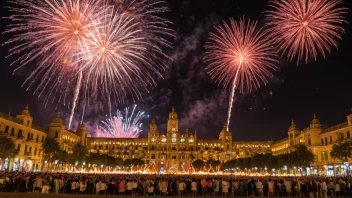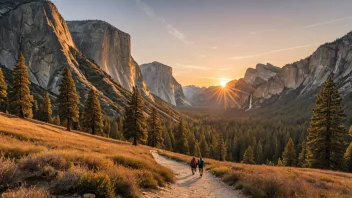Traveling to South America offers a unique opportunity to immerse yourself in the rich tapestry of indigenous cultures that have thrived on the continent for centuries. From the vibrant traditions of the Quechua and Aymara peoples in the Andes to the intricate customs of the Amazonian tribes, understanding these cultures can greatly enhance your travel experience. In this guide, we will walk you through the steps to appreciate and engage respectfully with indigenous cultures during your travels in South America.
Step 1: Research Indigenous Cultures
Before embarking on your journey, it is crucial to educate yourself about the indigenous cultures you will encounter. This involves:
- Reading Books and Articles: Seek out literature that covers the history, traditions, and languages of indigenous peoples in the countries you plan to visit.
- Watching Documentaries: Visual storytelling can provide a deeper understanding of indigenous lifestyles and challenges.
- Engaging with Online Forums: Join travel and cultural exchange forums to gain insights from travelers who have immersed themselves in these cultures.
Step 2: Choose Your Destinations Wisely
Select locations known for their indigenous heritage. Some notable areas include:
- Peru: Explore the Sacred Valley, home to the Quechua people and the historic site of Machu Picchu.
- Bolivia: Visit Lake Titicaca, where you can meet the Aymara and Uru people.
- Brazil: Engage with the diverse Amazonian tribes, such as the Yanomami and Kayapo.
Step 3: Engage Respectfully
When interacting with indigenous communities, it’s essential to approach with respect and sensitivity. Consider these guidelines:
- Ask for Permission: Always ask for permission before taking photos or participating in cultural practices.
- Listen and Learn: Be an active listener and allow community members to share their stories and experiences without interruption.
- Avoid Stereotypes: Approach each culture as unique; avoid making assumptions based on stereotypes.
Step 4: Support Indigenous Economies
Contributing to local economies is a meaningful way to show respect for indigenous cultures. Here’s how:
- Buy Handmade Crafts: Purchase authentic handicrafts and art directly from artisans to ensure fair compensation.
- Participate in Workshops: Engage in traditional cooking, weaving, or music workshops conducted by local experts.
- Choose Local Guides: Opt for indigenous guides who can provide insights and knowledge that you wouldn’t get from standard tours.
Step 5: Reflect on Your Experience
After your travels, take some time to reflect on your experiences. Consider writing about your journey in a travel journal or blog. This reflection will help you:
- Process Your Learnings: Understand how the interactions shaped your perspective on culture and heritage.
- Share Your Insights: By sharing your experiences, you can educate others about the importance of respecting and preserving indigenous cultures.
Step 6: Advocate for Indigenous Rights
Finally, become an advocate for indigenous rights. You can:
- Support Organizations: Contribute to or volunteer with organizations that work to protect indigenous rights and cultures.
- Raise Awareness: Use your platforms, such as social media, to highlight the importance of preserving indigenous cultures and traditions.
By following these steps, you can travel through South America with a deeper understanding and appreciation for its indigenous cultures. You will not only enrich your own experience but also contribute positively to the communities you visit.
Summary: To explore and appreciate the influence of indigenous cultures in South America, start by researching the cultures, choosing the right destinations, engaging respectfully, supporting local economies, reflecting on your experiences, and advocating for indigenous rights. Remember, your journey is not just about seeing new places, but also about building meaningful connections and fostering respect for the rich heritage of indigenous peoples.






